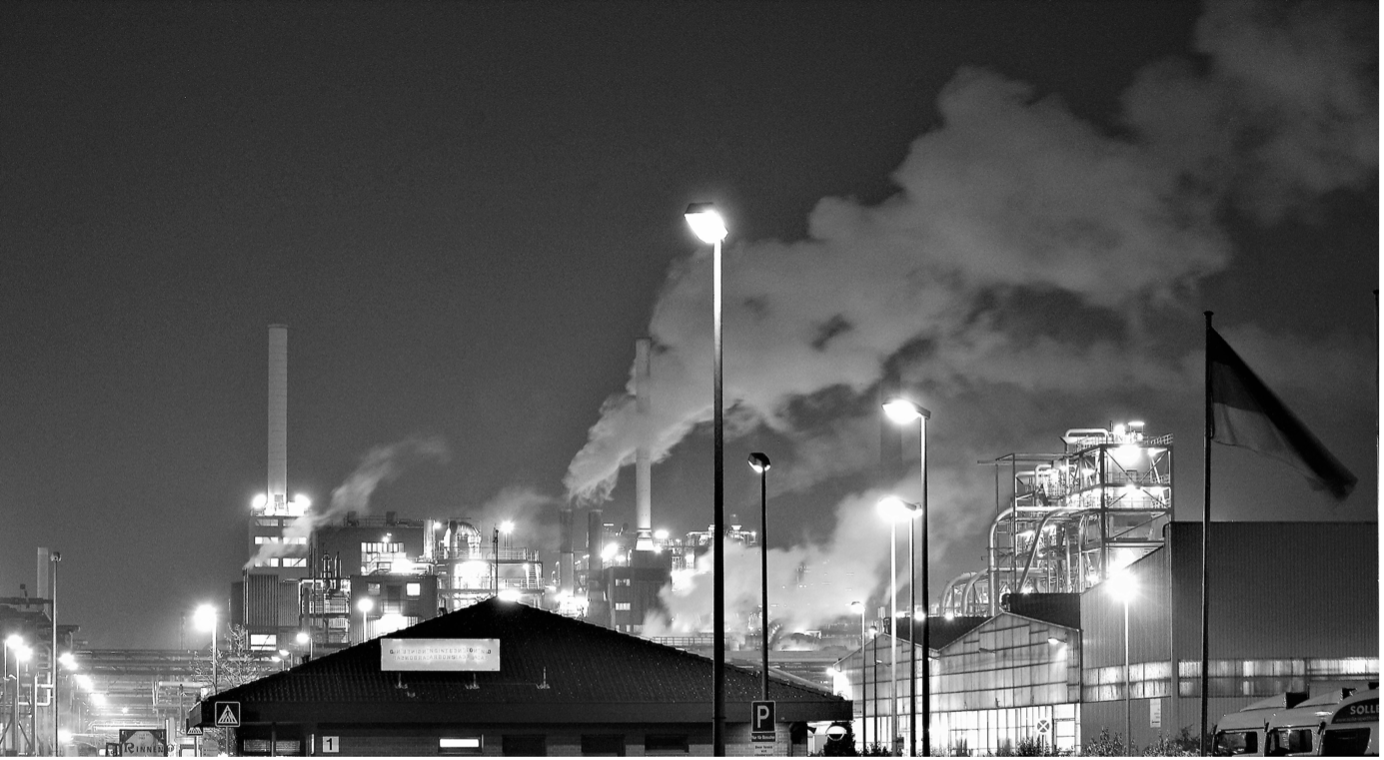
The Substitution Effect: Could Reducing Fossil Fuel Sales Truly Have No Impact?
By Shekhar Pathak
“Climate change is an extremely complex and difficult issue. It crosses jurisdictional boundaries, is rapidly worsening and has the potential to cause unprecedented loss and damage.”
–Winkelmann CJ, Glazebrook and Ellen France JJ
Imagine, a large paper company, aware that its logging practices contribute to deforestation and increased carbon emissions, argues that it should not be held liable for these environmental impacts, because if it ceased operations, other firms would take over the same logging areas, leading to no net reduction in emissions. A Dutch appellate court (“Court”) reflected similar reasoning in a recent ruling concerning Shell’s climate obligations. Globally, temperature increases, driven by greenhouse gas (“GHG”) emissions, reach 0.8°C above pre-industrial levels but specifically rise above those levels by 1.7°C in the Netherlands. The Court overturned a landmark ruling that had required Shell, whose energy sales in 2023 were 91% derived from major GHG sources, to reduce its carbon emissions by 45% by 2030. The Court acknowledged Shell’s significant duty of care in mitigating climate change, given its century-long dominance in the fossil fuel market. However, regarding Scope 3 emissions, the Court rejected Shell’s claim that it had limited influence on demand-side factors, but accepted its supply-side argument. It also agreed with the substitution argument, noting that reducing Shell’s fossil fuel sales would not lower overall CO2 emissions, as other suppliers would step in to fill the gap, leaving global emissions unchanged. Nonetheless, the Court ruled that Milieudefensie et al. lacked sufficient legal interest under Article 3:303 of the Dutch Civil Code (“DCC”) to impose a Scope 3 reduction obligation on Shell.
However, as observed, the Court’s reasoning—claiming that reducing Shell’s fossil fuel sales would not lead to a net reduction in CO2 emissions—is flawed on two significant grounds: First, it overlooks the inherently collective nature of climate change, where individual actions cumulatively contribute to global emissions. Further, while Shell and similar carbon producers may not have specific obligations to future generations, the court acknowledged their general duty to avoid jeopardising future living conditions. Second, the Court’s reliance on the ‘but-for’ test in assessing sufficient interest under Article 3:303 DCC implies that since granting the claim would not directly benefit the claimant, there is no legal interest. While this test is effective for assessing discrete causation, it fails to account for complexity, as seen in Gloucester Resources, where it proves problematic for systemic issues like attributing specific climate-related events to individual emitters. And, by focusing solely on whether harm would have occurred without Shell’s actions, the court overlooked the shared responsibility for climate change, making it nearly impossible to prove, on the balance of probabilities, that Shell’s actions were the direct cause of the harm.
The challenge of proving causation in climate-related cases is evident globally. In the Native Village of Kivalina, an Alaskan Inupiat village sued 24 companies for nuisance, alleging their emissions contributed to coastal destruction. Similarly, in Luciano, a Peruvian farmer claimed a corporate defendant’s emissions caused glacier melting, leading to significant mitigation costs. In Smith, the plaintiff alleged public nuisance, negligence, and breach of duty against corporate emitters. In all these cases, plaintiffs failed to establish the requisite causal link for climate change-related harm, reflecting the inherent difficulty in attributing specific damages to individual emitters. Moreover, its rigidity not merely applies to climate change but also to toxic torts, as seen in Fairchild, Barker, Sienkiewicz and Sindell as well as to emotional harms, as highlighted in Shorey, and Calascione, which have similarly struggled with conventional approaches to legal causation.
The observations made in the above case laws suggest, that the core difficulty in applying the traditional causation test, specifically in climate change litigation, lies in the following: First, a plaintiff faces difficulty in proving the direct, causal link required by the test between their harm and the defendant’s actions. In this case, the judge considered emissions from other third-party emitters, which, in the absence of Shell’s contributions, merge indistinguishably, interact, and ultimately, through complex natural processes, contribute climate change. This makes it impossible to establish a clear causal chain from one emission source to specific damage. Second, given that everyone contributes to emissions, Shell is just one of more than seven billion emitters. The plaintiff cannot establish, on the balance of probabilities, that the harm would not happen in the absence of the defendant’s emissions. It is more likely that the harm occurred because of the actions of other emitters. However, in reality, Shell’s emissions, alongside those of other corporations, contribute to a harmful set of factors. Reducing Shell’s emissions would still mitigate the overall damage, even if other contributors remain active.
Therefore, the court should adopt a more flexible approach, such as the ‘extended but-for test’ proposed by Professor Jane Stapleton, considering the complexities of environmental protection. This test identifies a factor as causal if it positively contributes to the mechanism causing harm, even if it is not independently sufficient. For example, a defendant who negligently pushes a car over a cliff alongside others remains a cause, even if the act could have occurred without their involvement. The UK Supreme Court’s decision in Financial Conduct Authority reiterated this departure from the strict ‘but-for’ test. In addressing business losses caused by COVID-19 restrictions, the Court held that an insured peril could be considered a cause of loss, even if it was neither necessary nor sufficient alone, as long as it contributed alongside other factors. This approach recognises the limitations of the rigid traditional test and provides a more adaptable framework for addressing causation in complex, systemic scenarios, such as determining the liability of giant emitter corporations like Shell.

